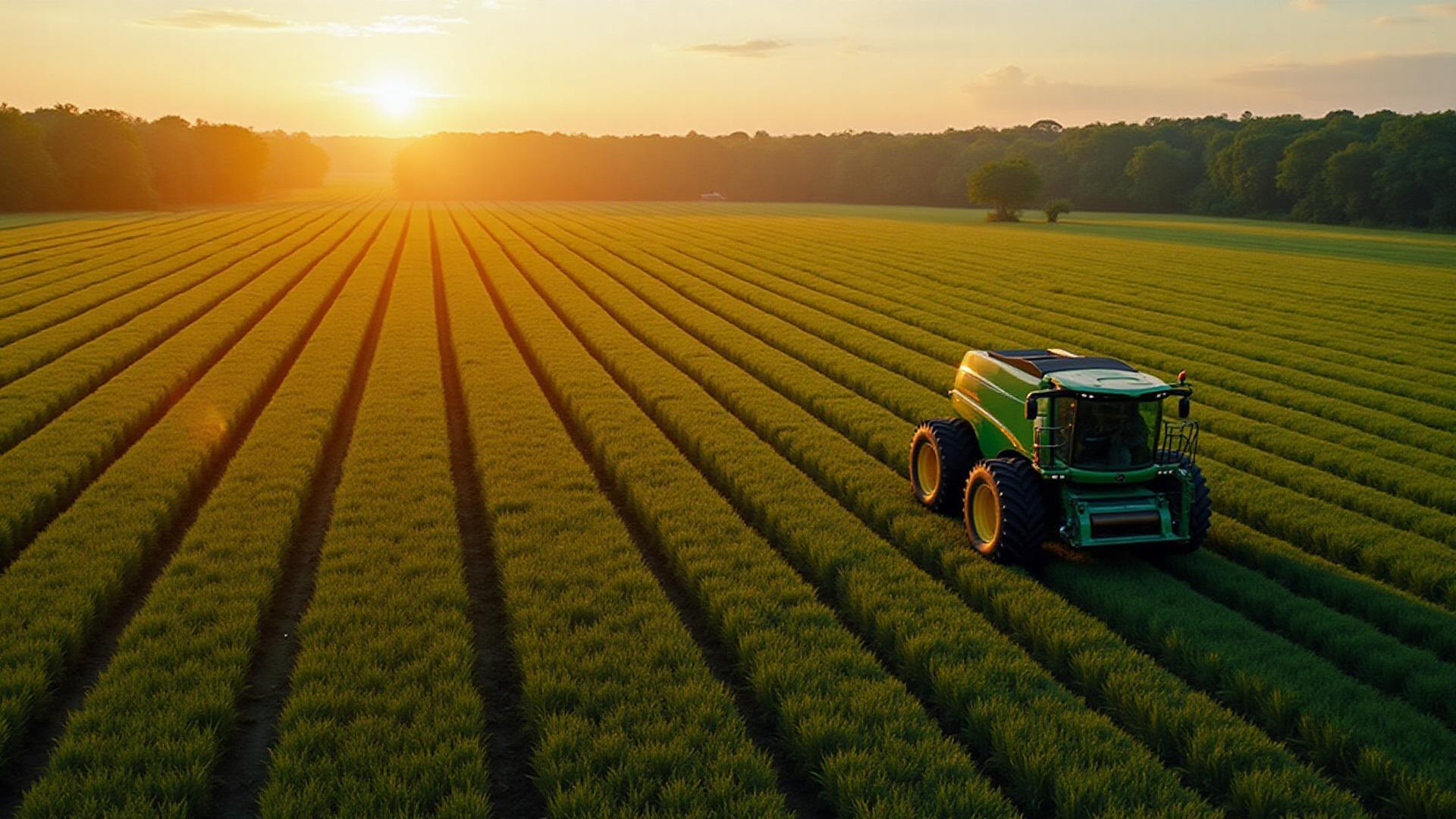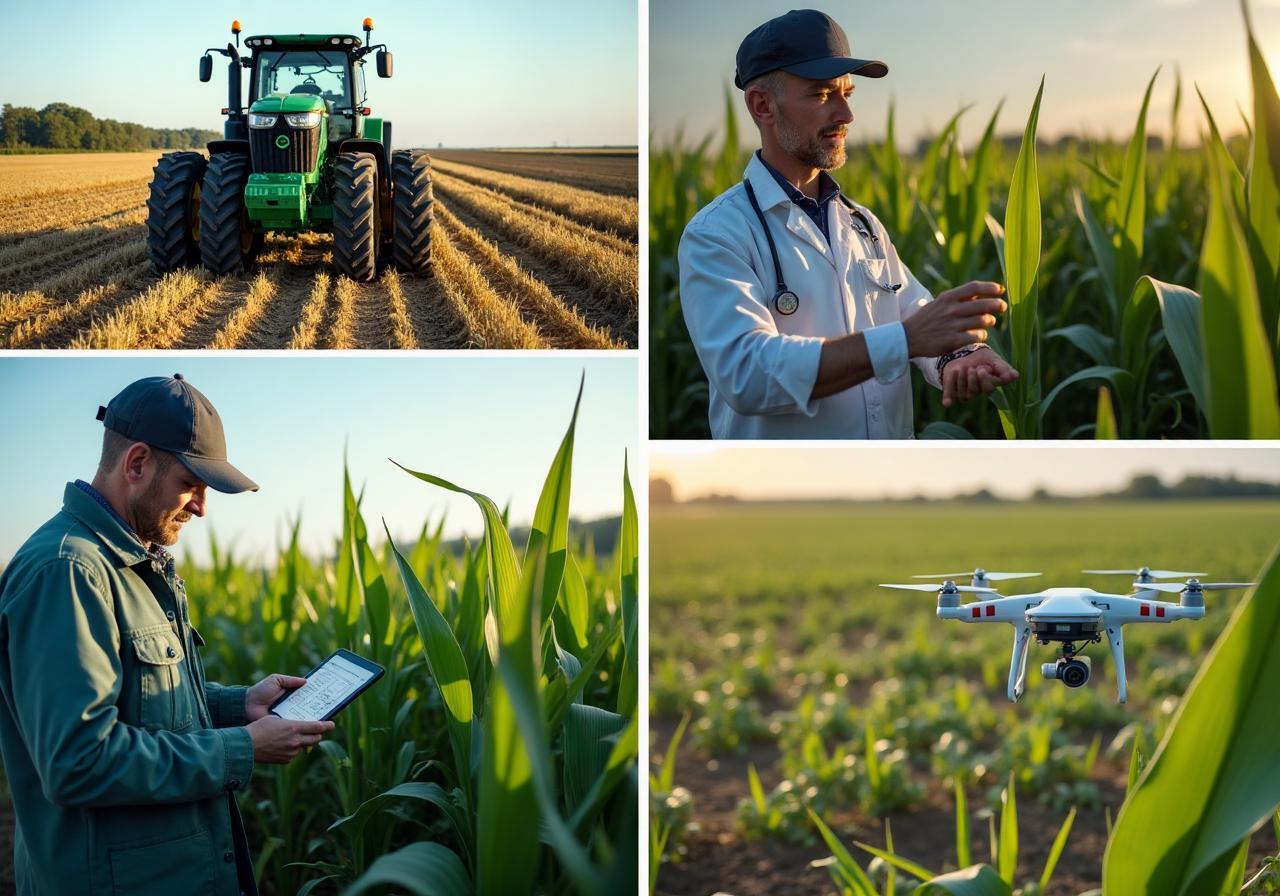Row Crops R&D Tax Credits
Maximize innovation in farming. Row crop producers across the U.S. are constantly testing new practices, technologies, and sustainable methods. Many of these activities qualify for the federal R&D Tax Credit under IRC §41, with additional opportunities at the state level.

What qualifies as R&D in Row Crop Farming?

To qualify, activities must:
- Pursue a permitted purpose such as a new or improved product, process, or technique
- Address technical uncertainty about capability, method, or design
- Follow a process of experimentation through field trials, side‑by‑side testing, or modeling
- Be technological in nature, grounded in agronomy, biology, chemistry, or engineering
Examples of qualifying activities in row crop production
- Seed and Planting Trials Testing new hybrids, seed treatments, or planting methods
- Soil and Fertility Research Optimizing fertilizer blends, stabilizers, or cover crops
- Irrigation and Water Management Experimenting with drip systems, moisture sensors, or scheduling
- Pest and Disease Programs Field trials of herbicide and pesticide mixes or biological controls
- Precision Agriculture Using GPS, drones, or software for variable‑rate inputs
- Harvest and Storage Testing new drying, aeration, or storage technologies
- Sustainability Projects Conservation tillage, carbon sequestration trials, regenerative practices
Qualified Research Expenses (QREs)
The IRS allows several categories of Qualified Research Expenses (QREs):
Roles commonly involved in qualifying activities
- Agronomists and crop scientists
- Farm managers and field trial coordinators
- Precision‑ag specialists and data engineers
- Agricultural engineers working on irrigation, machinery, or storage systems
- University and research partners
What does not qualify
- Routine planting and harvesting without experimentation
- General management, marketing, or administrative tasks
- Applying already proven methods at scale
- Land acquisition or capital improvements not tied to research
Compliance and Documentation
Following the One Big Beautiful Bill Act (OBBBA) signed July 4, 2025, §174 now allows immediate expensing of domestic research expenses for tax years beginning on or after January 1, 2025. Taxpayers may also elect optional amortization under new §174A. Foreign research expenses must still be amortized over 15 years. This is separate from the §41 credit but impacts overall tax planning.
Documentation requirements remain unchanged. Maintain clear records of:
- Trial designs and hypotheses
- Field layouts, soil data, and yield data
- Statistical comparisons and conclusions
- Employee time and wage tracking
- Strong documentation supports the IRS 4‑part test and strengthens audit readiness
Frequently Asked Questions


Financial service companies may be unaware that their clients qualify for the ERTC, or they may not want to wade into what seems like a complicated new tax credit. Repeated changes to the ERTC program have added additional barriers to claim the credit. Additionally, instead of trying to adapt to the changing ERTC rules, many CPAs and payroll companies have chosen to outsource ERTC claims for their clients. As a specialty tax company, we love claiming credits like the ERTC for our clients.


Even though the ERTC officially ended on September 30, 2021 with the signing of the Infrastructure Bill, the Bill also allowed business owners the ability to retroactively claim the credit up to five years from when they filed their original return (extended from the previous 3-year statute of limitations).


The IRS clarified in Notice 2021-49 that business owners with a majority stake (51%) in a business cannot claim their wages when they apply for the tax credit. Attribution rules, which outline the legal principal owners of a business, must also be applied to determine if family members’ wages can be qualified wages too.


If a business owner qualifies for the ERTC in 2020 or 2021 but hasn't applied yet, the only way to apply for the ERTC right now is to file an amended Form 941-X. With up to $26,000 per employee available, filing an amended return makes financial sense.
Next Steps
Use our calculator to estimate your potential federal and state benefits
Schedule a consultation to structure your row crop research activities
If you are innovating in agriculture, you may already be doing R&D. Let's make sure you are rewarded for it.
Contact Strike Tax Advisory
Ready to maximize your R&D tax credits? Get in touch with our team of experts.


